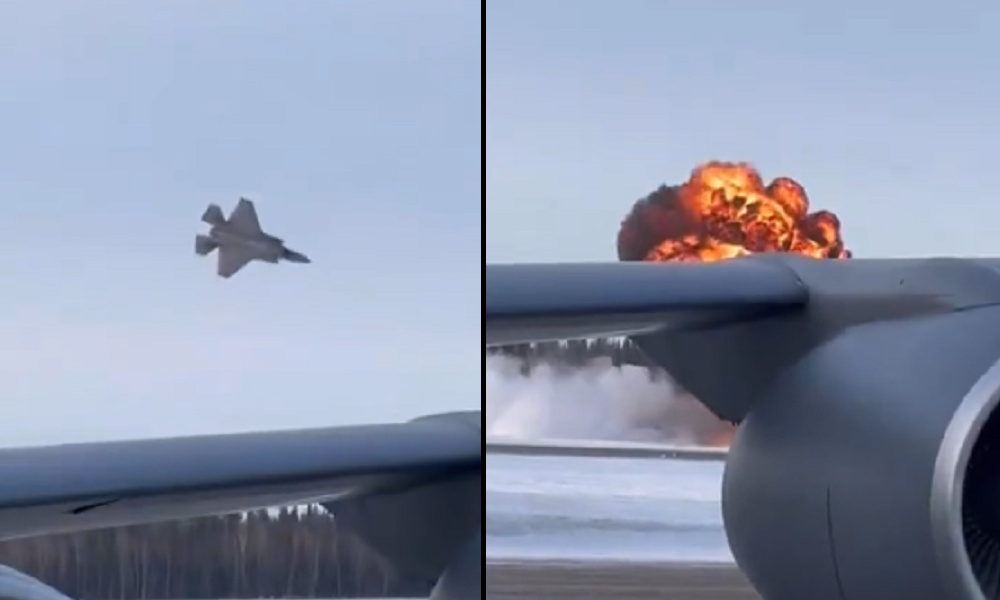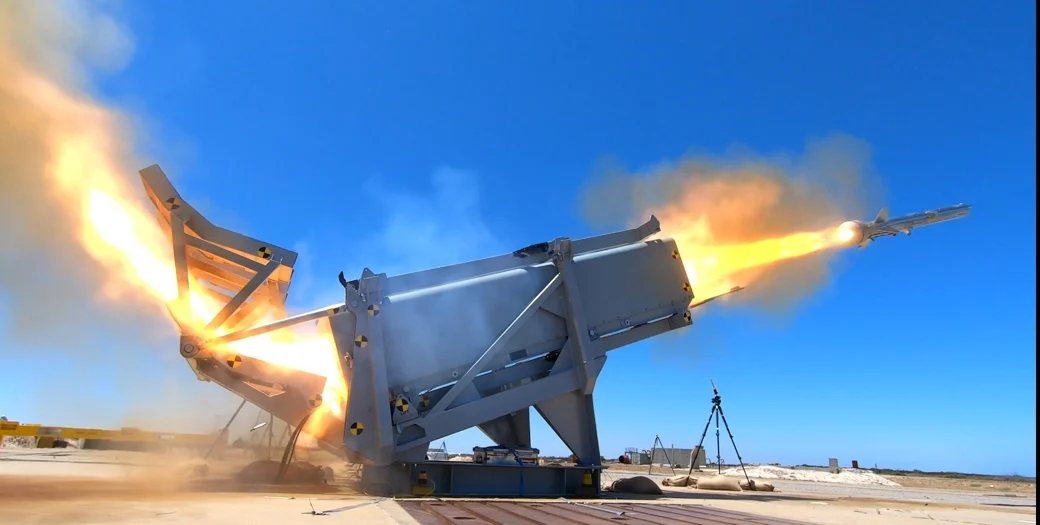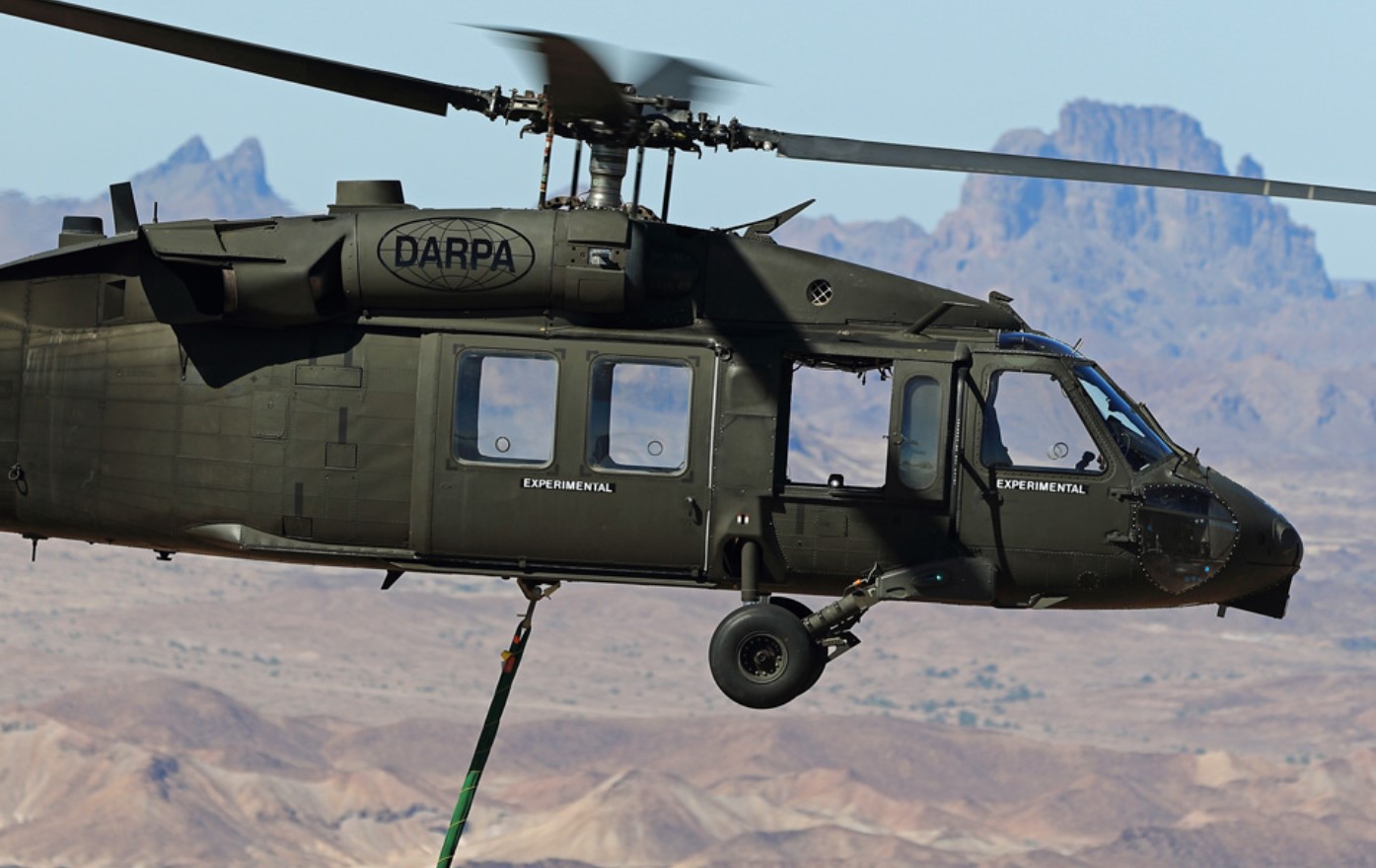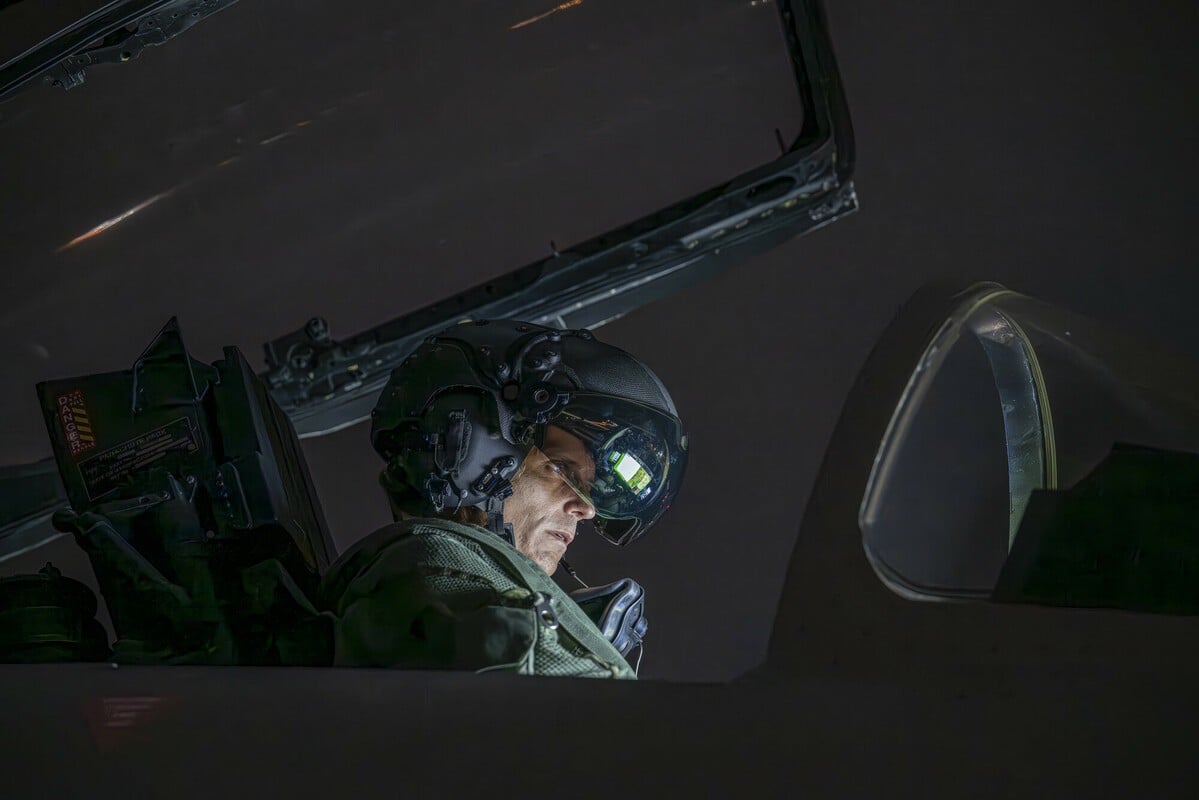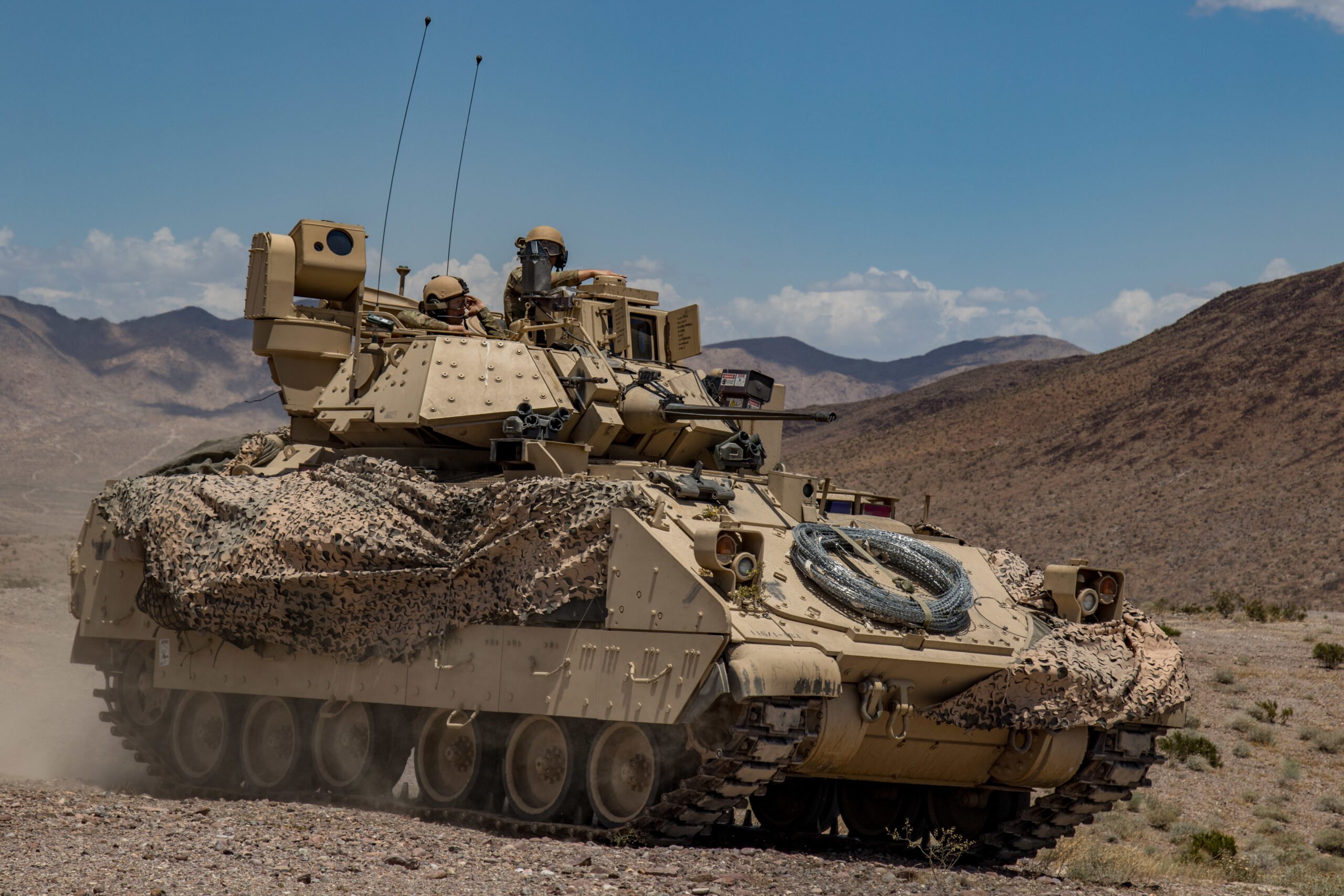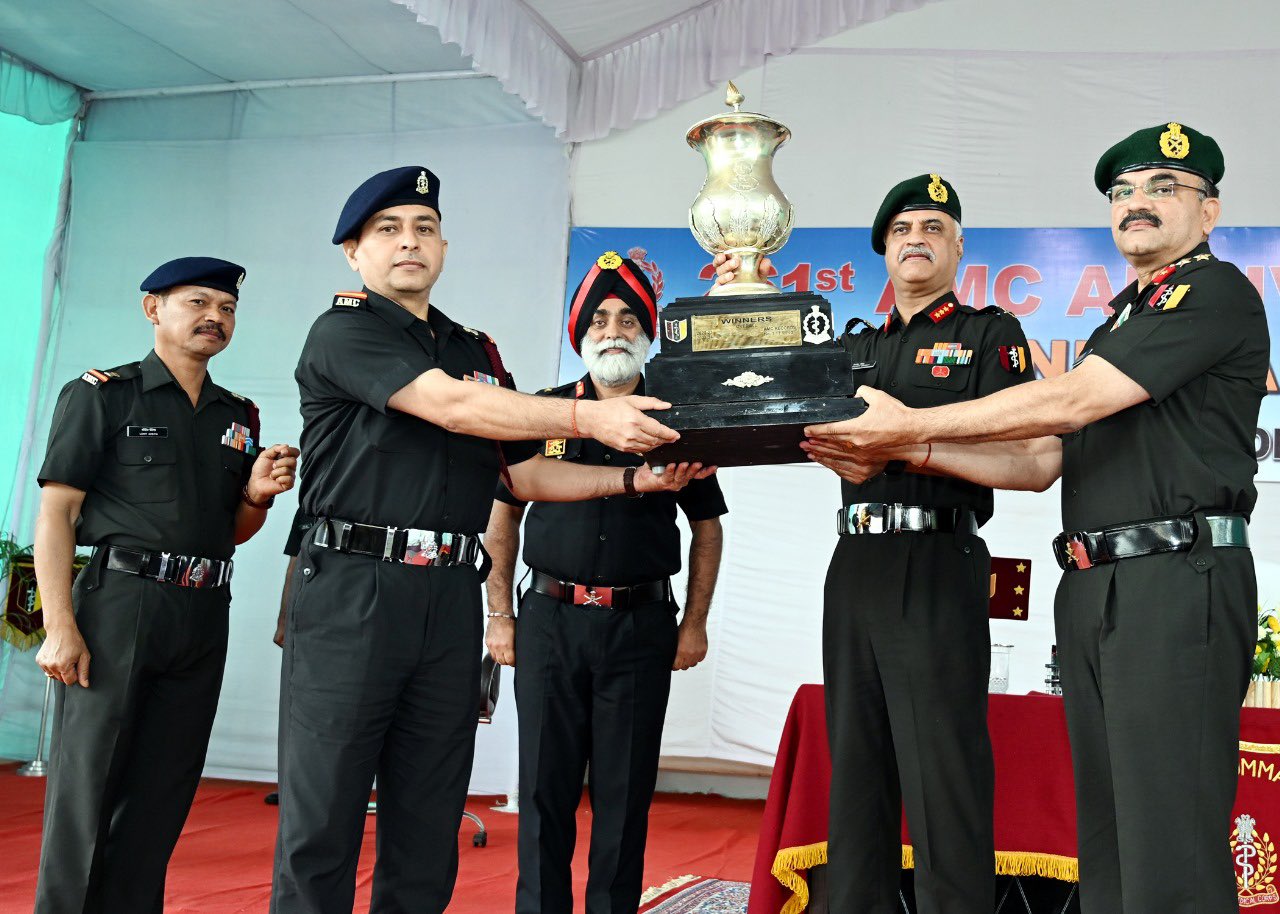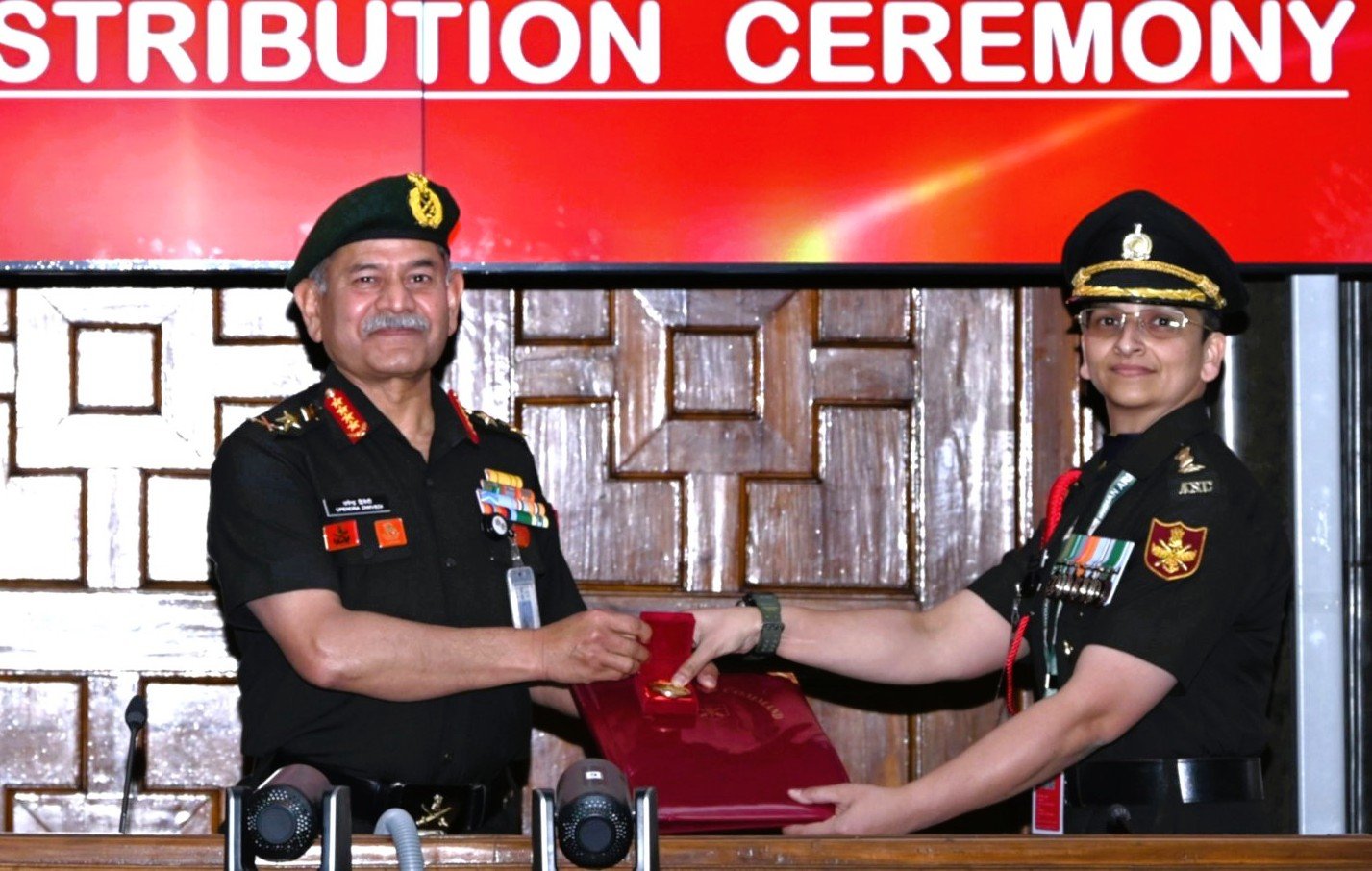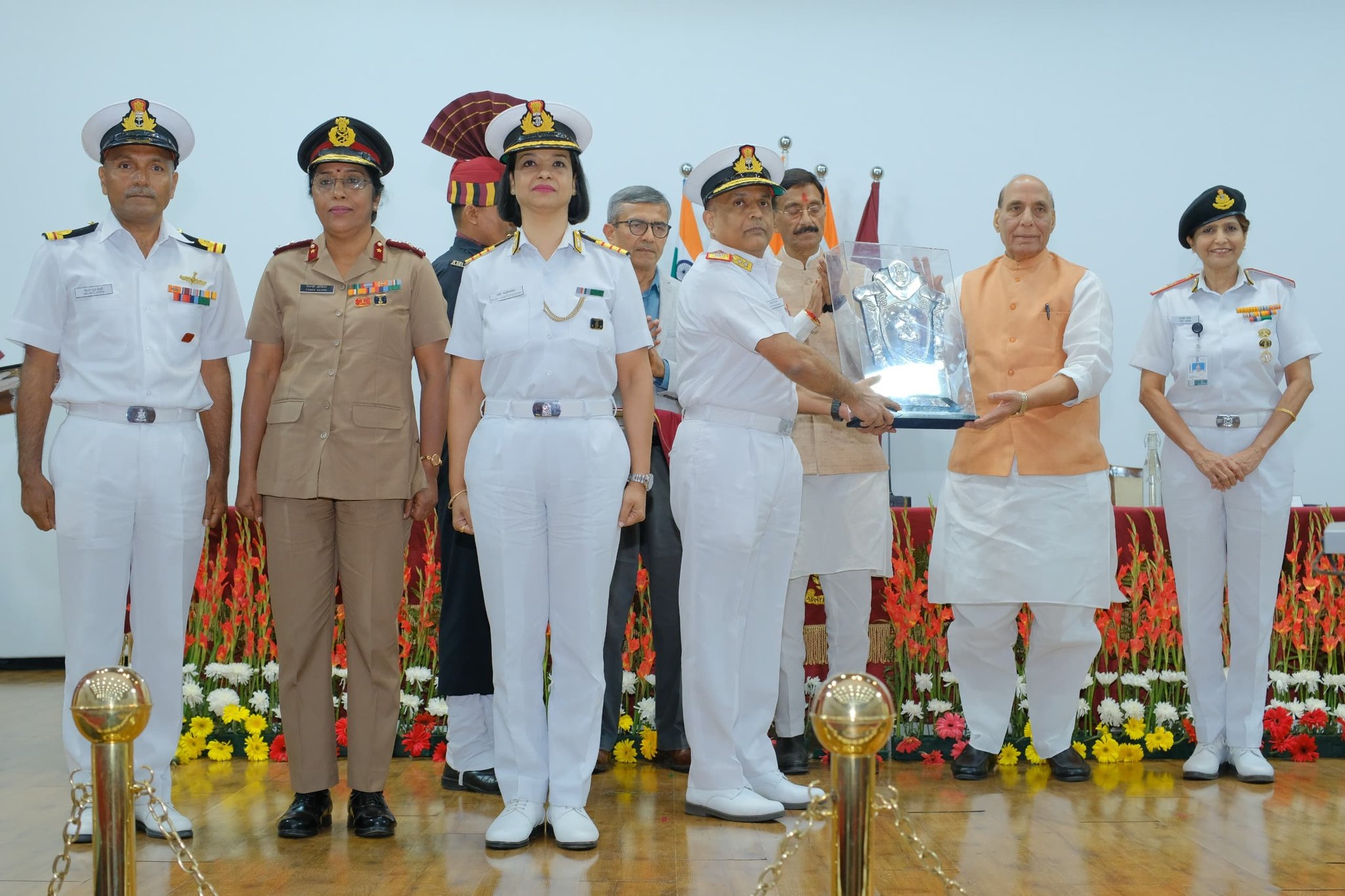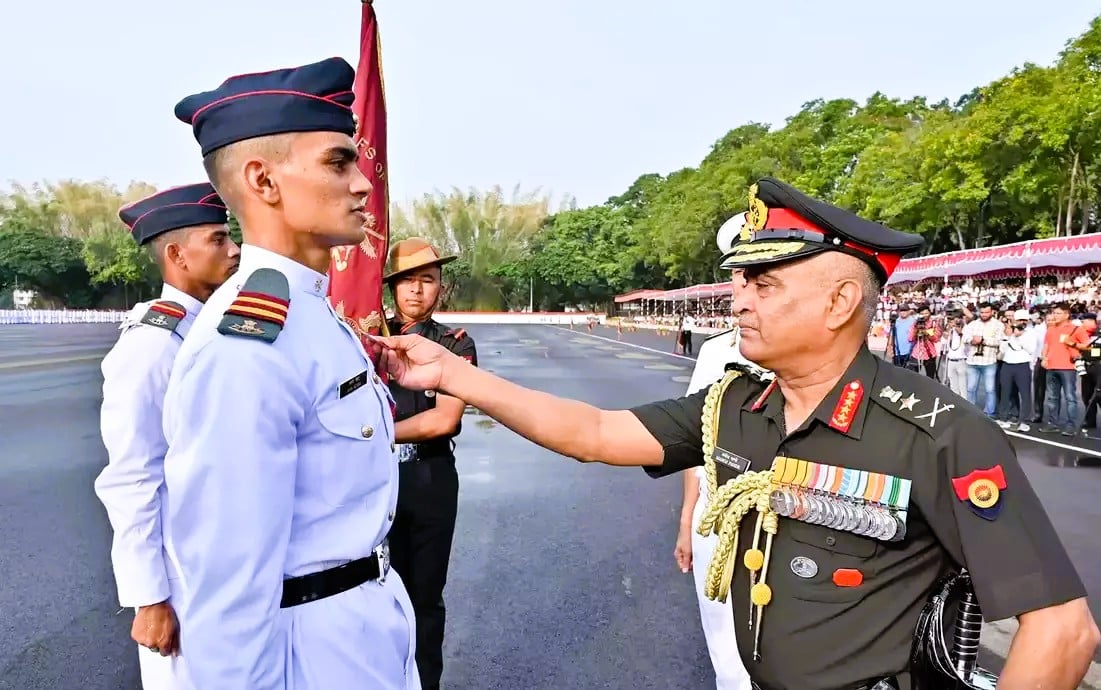Emerging Technologies Reshape Arms Control Landscape, UN Experts Warn
BERLIN — October 25, 2023 — Representatives from five major UN-affiliated disarmament agencies addressed the challenges and potential opportunities presented by emerging technologies at a meeting coinciding with the United Nations General Assembly’s First Committee, the chief disarmament forum. According to experts, advancements in artificial intelligence, drones, and nuclear technologies are fundamentally altering the arms control landscape and pose significant threats to global security.
Speaking to delegates, Hong Li from the Organization for the Prohibition of Chemical Weapons (OPCW) highlighted the troubling accessibility of technological tools, like large language models such as ChatGPT, which could facilitate the dissemination of dangerous information, including instructions for creating chemical weaponry. The OPCW, which oversees the Chemical Weapons Convention, has historically been pivotal in eliminating chemical weapons across nearly all UN member states.
Li underscored the urgent need for revised tracking systems to adapt to new delivery mechanisms, particularly inexpensive agricultural drones that can be easily modified for nefarious purposes. To address these evolving threats, the OPCW will establish a temporary working group on artificial intelligence in 2025 to assess both risks and potential applications of AI in furthering disarmament initiatives.
The Vienna-based International Atomic Energy Agency (IAEA) also shared its proactive approach to maintaining global nuclear safety. With the volume of nuclear material under its safeguards increasing by 25% in the past decade, the IAEA is leveraging machine learning technologies to enhance surveillance capabilities at nuclear facilities. According to Tracy Brown, the agency’s liaising officer, AI has improved efficiency in monitoring operations and identifying suspicious activities.
In parallel, the Comprehensive Test Ban Treaty Organization (CTBTO) reported on its successful use of machine learning through its NET-VISA program to accelerate and refine the detection of nuclear tests globally. This system has been critical in discerning North Korean nuclear endeavors and dispelling misinformation surrounding other alleged nuclear incidents.
UN High Representative for Disarmament Affairs, Izumi Nakamitsu, emphasized the urgency of adapting the nonproliferation framework to a rapidly changing security environment defined by technological advancements. She pointed out that innovations such as artificial intelligence, 3D printing, biotechnology, and nanotechnology lower the barriers for rogue states and terrorists to access weapons of mass destruction.
“We are living in an age of accelerated technological change,” said Nakamitsu, recognizing both the challenges and responsibilities that lie ahead in maintaining peace and stability in a turbulent global landscape.
As the disarmament community grapples with these emerging threats, the integration of advanced technologies into monitoring and enforcement efforts remains a critical focus in the ongoing endeavor to curb the spread of dangerous weapons and ensure global security.
By Linus Höller, Europe Correspondent for Defense News



